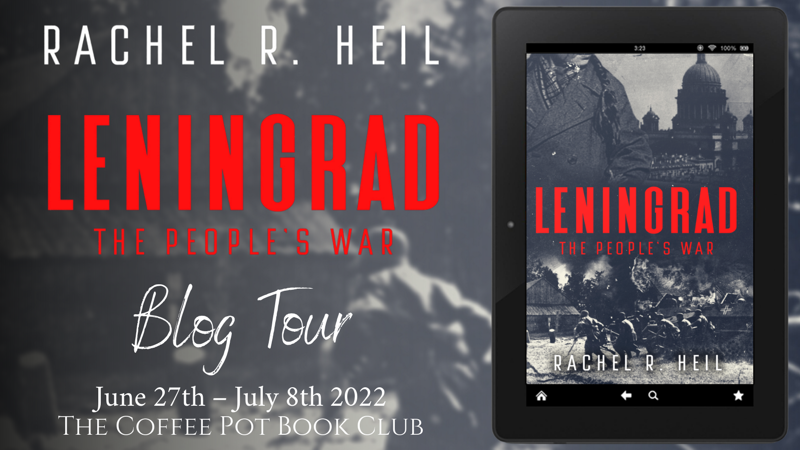
University student Tatiana Ivankova tries to look ahead to the future after a family tragedy that characterizes life under the brutal regime. But, when the rumors that have been circulating the country become a terrifying reality, Tatiana realizes that the greatest fear may not be the enemy but what her fellow citizens are prepared to do to each other to survive.
As his men plow through the Russian countryside, Heinrich Nottebohm is told to follow orders and ask no questions, even if such commands go against his own principles. His superiors hold over him a past event that continues to destroy him with every day that passes. But, when given the opportunity to take an act of defiance, Heinrich will jump at the chance, ignoring what the end results could be.
Leningrad: The People’s War tells the harrowing beginning of a war that forever changed the landscape of a city, told through the eyes of both sides in a tale of courage, love, and sacrifice.
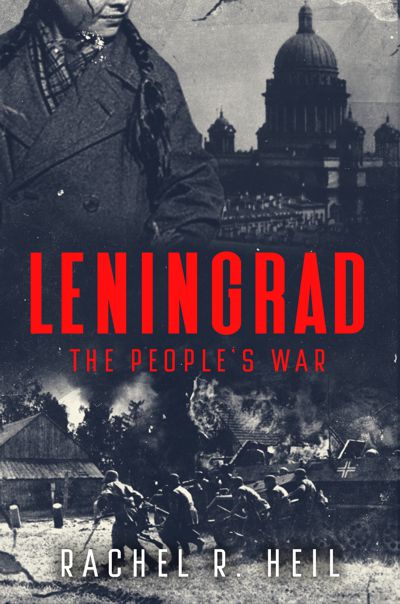
The Siege of Leningrad
Leningrad: The People’s War takes place from the beginning days of the German invasion of the Soviet Union in June 1941 to the early winter of 1941-42, by which time the German Army had completely encircled the city of Leningrad. It was just the beginning of a long, dark story that would not end for the people of Leningrad until they were liberated in January 1944.
The Siege of Leningrad is one of the longest sieges in history, lasting 872 days. Several times it looked as if the city would collapse and fall to the Germans, and yet this never occurred due to the strength and resilience of the people who defended her, including ordinary citizens. It’s an event that has fascinated me for a long time, and I wanted to write a story detailing this event and the historical background the story is set against.
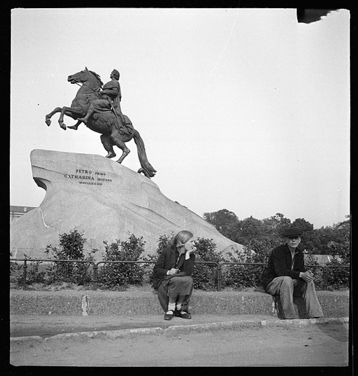
It’s hard to imagine now but in the days leading up to the German invasion of the Soviet Union, the people of Leningrad gave the “European conflict” little thought. While survivors would later admit that they had some concerns about the future and Hitler’s hatred towards Communism and the Soviet people, most thought the real danger laid with their own government, and they were not entirely wrong. Joseph Stalin had seized power following Lenin’s death, becoming the country’s dictator by 1929, and had proven himself to be just as violent and vengeful as Hitler.
For most of the 1930s, Stalin released a string of violence against those under the Soviet Union. From 1932 to 1933, famine ripped across Ukraine as a result of Stalin wanting to replace the country’s small farms with state-run collective ones and to punish independence-minded Ukrainians who posed a threat to his authority. The event became known as the Holodomor. The result was roughly three and a half million people dying of starvation. Then, from 1936 to 1938, Stalin’s government oversaw the Great Purge, which began in Leningrad after the city’s party secretary, Sergey Kirov, was assassinated. The purge was an orchestrated campaign by Stalin to solidify his power in the country and remove anyone he believed possessed a threat to his regime. The result was thousands of innocent civilians being arrested, imprisoned, and executed. Many had to cope with the fact that they had lost at least one family member, had been imprisoned themselves, and knew of family, friends, and acquaintances who were arrested, sentenced to hard labor in the Gulag, or executed. An estimated seven hundred thousand to over one million people were killed in the purge, most of them ordinary citizens. By 1941, many began to fear that Stalin would strike again.
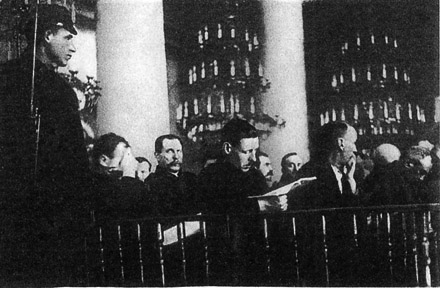
During my research of the Siege of Leningrad it was imperative that one could not forget that the Great Purge was very recent history for Leningraders and was therefore engraved in their minds. As a result, one of my main characters, Tatiana Ivankova, reminds the reader of this as she is still suffering the trauma of witnessing this happening to loved ones. It also helps explain why the people of the Soviet Union were less inclined to put up a fight against their leaders when the war began, even when their orders put civilians in greater danger. For many, it was better to blindly follow the Party than act out and risk getting arrested or killed.
The Soviet people weren’t the only ones living in fear of their leaders. Leningrad also tells the story of the siege from the German perspective, and the historical background of Nazi Germany plays a critical role in how the German characters act. By 1941, the Germans had been drilled with Nazi doctrine for eight years, and for many of the young men sent to the Eastern Front they had been told for years about the evils of Communism and the Soviet people. As each town and city fell, some saw it as an assurance they were the master race, and they would vanquish Communism once and for all. However, not everyone was blind to the true evils of Nazism.
Heinrich Nottebohm serves as Tatiana’s counterpart in Leningrad,and like her Heinrich sees the crimes being committed by his government. However, unlike Tatiana and her fellow Leningraders, who were targeted almost indiscriminately, Heinrich watches as specific groups of the German population are hunted down and sent away. During the first years of the regime the persecution focused on stripping “undesirables” of their basic rights and terrorizing their homes and businesses. These actions were known to people outside of Germany, including Soviet citizens, but what came next was not immediately apparent until they were placed under German occupation. With the invasion of the Soviet Union these acts of discrimination turned into genocidal ones as special units called the Einsatzgruppen entered the conquered territories and began killing “enemies of the state,” which included Jews and Communist sympathizers. A similar fate awaited those in Leningrad.
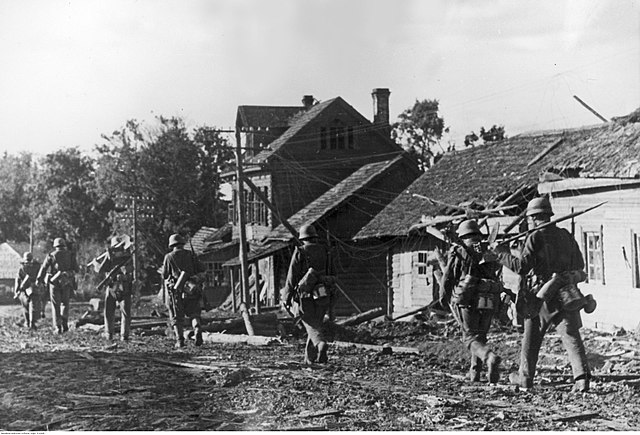
The historical background of both sides of the siege demonstrates the predicament Leningraders were faced with. For some, life under the Germans would be better, while for others it would only lead to more death and suffering. In the end, Leningraders banded together to work and repel the enemy.
This novel is available on #KindleUnlimited.
Amazon UK: https://www.amazon.co.uk/dp/B08PMM3NX6
Amazon US: https://www.amazon.com/dp/B08PMM3NX6
Amazon CA: https://www.amazon.ca/dp/B08PMM3NX6
Amazon AU: https://www.amazon.com.au/dp/B08PMM3NX6
Meet Rachel R. Heil

Connect with Rachel
Twitter: https://twitter.com/HeilRachelR
Facebook: https://www.facebook.com/RachelRHeil
LinkedIn: https://www.linkedin.com/in/rachel-heil-90bbb6119/
Instagram: https://www.instagram.com/rachelrheil/
BookBub: https://www.bookbub.com/profile/rachel-r-heil
Amazon Author Page: https://www.amazon.com/Rachel-R-Heil/e/B07MY8DZT8
Goodreads: https://www.goodreads.com/author/show/18802162.Rachel_R_Heil
Thank you for hosting today’s blog tour stop for Leningrad: The People’s War!
All the best,
Mary Anne
The Coffee Pot Book Club